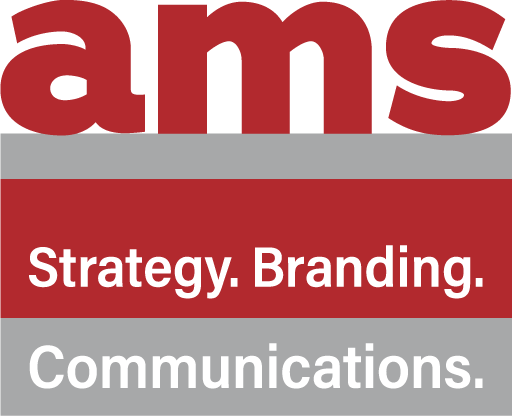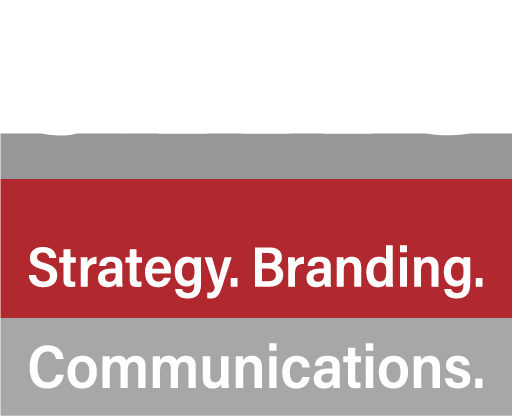Demand gen vs lead gen: What’s the difference?
By
Demand generation and lead generation are key to attracting new customers and monetizing your sales funnel, but they’re used at different stages of the process. Demand generation impacts the first stages of engagement, while lead generation targets prospects that already understand your brand.
Keep reading for a breakdown of the main differences between demand generation and lead generation.
A sales funnel is a visual concept describing a prospective customer’s journey to becoming a definite customer. It is visually displayed as a large pool of prospects at the top of the funnel to a narrowed-down list of clients at the bottom. Demand and lead generation strategies are implemented at different stages of the sales funnel
What is demand generation?
Demand generation is a top-of-the-funnel activity that expands your sales pipeline with people that are aware of and interested in your products. Normally, prospects gathered through demand generation have either just heard of your brand or are unsure how your products could benefit them.
Often, prospects captured through demand generation can be quantified, but aren’t contactable. At this stage of awareness, audiences are less likely to part with their personal details.
A popular way to generate demand is to post blogs regularly on your website, offering valuable industry-specific information, and acting as a magnet for organic traffic. While you can track clicks and time spent on your blog pages, you don’t normally get identifiable information about your visitors.
What is lead generation?
Lead generation is a bottom-of-the-funnel activity, moving prospects past the interest stage and nurturing them to make a buying decision. Leads are usually qualified first, meaning their likelihood to buy and benefit from your products is assessed by the sales team or an automated CRM software. For instance, a questionnaire completed before gaining access to a thought leadership report can help sales teams qualify leads.
The leads advancing through your pipeline can either be brand-new contacts or existing contacts that are disengaged from your brand. An example of a newly generated lead is someone who has been referred by a partner organization, understands your offer, and wants to negotiate the pricing. Conversely, a lead that’s already in your sales funnel could be a regular blog reader who has just developed a need for your product.
Lead generation relies on offering value and building relationships. A B2B sales rep can do this by arranging introductory calls with interested prospects, presenting sales decks, and offering relevant market insights.
Benefits: Demand gen vs lead gen
Your company should aim to integrate both demand generation and lead generation into its workflow. However, depending on your current situation, one activity may benefit you more than the other. For example, if your sales team has just made lots of new contacts at an industry event, a lead generation campaign could bring those warm contacts closer to a deal.
Increased number of prospects
Demand generation is a top-of-the-funnel activity, so it tends to bring in more prospects than lead generation for a business. However, qualified leads are further along in the buying journey, enabling you to sell to them faster.
Increased range of prospects
Prospects gathered through demand generation tend to have a broader range of characteristics and interests, as they’re engaging with generalized marketing messages. Lead generation prospects have narrowed-down characteristics, as their suitability for your products has been assessed by a sales team or online form.
Increased likelihood of buying
Lead generation involves lead qualification and relationship building, whereas demand generation spreads the word about your business to a large target audience, with less direct communication. Therefore, prospects gathered through lead generation are more likely to buy.
Strategies: Demand gen vs lead gen
The strategies behind demand generation vs lead generation are different because they target different outcomes. Demand generation aims for increased brand awareness and interest, while lead generation aims to collect more prospect data and build relationships.
Read more below about how demand generation and lead generation differ across strategies.
Company blog
Blogging on topics relevant to your industry is a way to build awareness and interest from your target audience, so it’s mainly a demand-generation strategy. However, if articles are paired with a Contact Us or a newsletter subscription form, then blogging can also capture leads.
Email marketing
Email campaigns can be used for both demand and lead generation. Information-only emails without a call to action (CTA) can serve demand generation through increased awareness. Promotional emails that encourage readers to purchase or contact a sales colleague, act to support lead generation.
Webforms
Webforms are primarily used for lead generation, as they collect data from prospects interested in freely offered online resources, such as digital reports and webinar recordings. Customer details like job title and seniority can help qualify the lead, while email addresses and phone numbers allow your team to build the relationship.
Conclusion
Demand generation and lead generation are crucial elements of your sales effort, impacting separate areas of your sales funnel. Demand generation aims to increase the target audience’s awareness and interest, while lead generation gathers qualified leads who are close to a buying decision.
Popular strategies for demand generation include blogging and non-promotional email marketing, whereas lead generation relies on customer data collected via web forms and direct communication with sales teams. Interested in finding out what works best for your marketing strategy? Contact the pros at AMS today.


